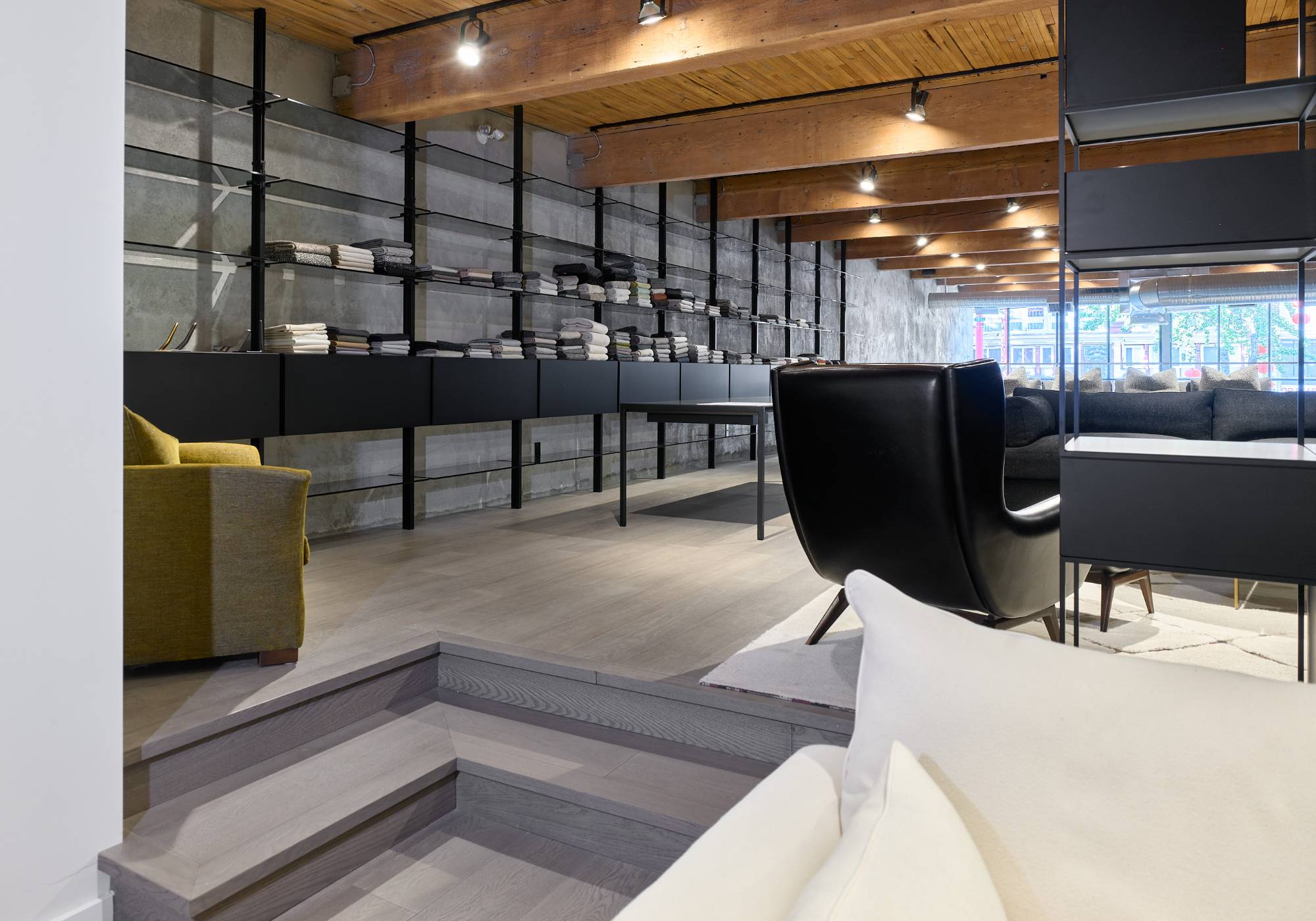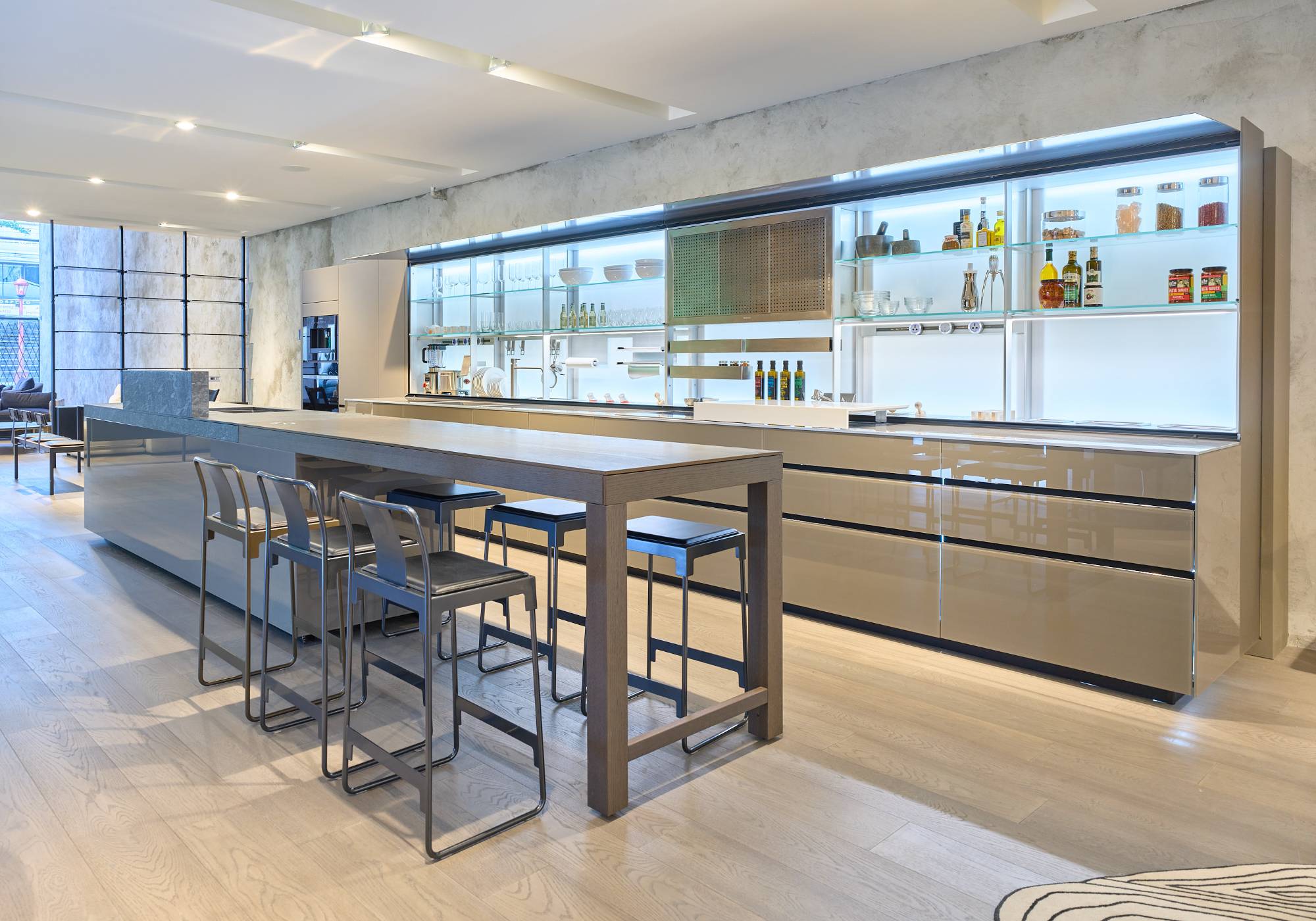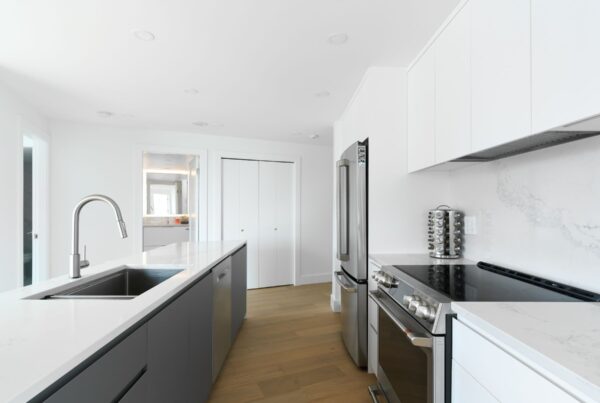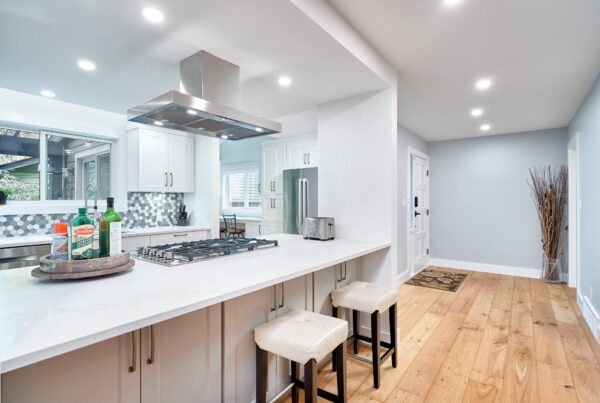Renovating a commercial space is an exciting endeavor, but it can also be a daunting task, especially when it comes to managing costs and staying within budget. In this comprehensive guide, we’ll delve into the intricacies of commercial renovations, exploring factors that affect costs, setting budget goals, estimation methods, handling unforeseen expenses, prioritizing needs, negotiating with stakeholders, monitoring expenses, and evaluating ROI.
Factors Affecting Renovation Costs
Before embarking on any renovation project, it’s crucial to understand the factors that can influence costs. These may include the size and condition of the space, the complexity of the renovations, materials used, labor costs, permits and regulations, location, and the scope of work required. Each of these factors plays a significant role in determining the overall cost of the project.
Setting Budget Goals
Setting clear and realistic budget goals is essential for a successful renovation project. Begin by outlining your objectives and priorities. Determine how much you’re willing to invest in the renovation and allocate funds accordingly to different aspects of the project, such as construction, materials, labor, permits, and contingencies. Be sure to account for unexpected expenses to avoid budget overruns.
Cost Estimation Methods
Square footage pricing is a commonly used method for estimating renovation costs, especially in commercial projects where the size of the space is a significant factor. This method involves calculating the cost per square foot of the renovation based on factors such as materials, labor, and overhead expenses. While square footage pricing provides a quick and straightforward estimate, it may not account for variations in project complexity or specific requirements.
Unit costing, on the other hand, breaks down the renovation project into individual components or units, assigning a cost to each element. This method allows for a more detailed and accurate estimation of costs, as it considers the specific materials, labor, and equipment required for each aspect of the renovation. Unit costing is particularly useful for complex projects with diverse requirements but may be more time-consuming to calculate compared to square footage pricing.
Assembly costing takes a holistic approach to cost estimation by grouping similar elements of the renovation into assemblies or packages. Instead of pricing individual components, this method assigns a cost to pre-defined assemblies based on their complexity and scope. Assembly costing streamlines the estimation process and provides a more accurate overview of project costs, making it ideal for projects with repetitive elements or standardized designs.
Planning for Unforeseen Expenses
No matter how meticulously you plan your commercial renovation project, unexpected expenses can arise, threatening to derail your budget and timeline. Structural issues such as hidden damage or deteriorating infrastructure are common culprits for unforeseen costs, requiring immediate attention and additional resources to address. Likewise, code violations discovered during the renovation process may necessitate costly modifications to bring the space into compliance with regulatory standards.
By anticipating potential risks and planning for contingencies upfront, you can minimize the financial impact of unforeseen expenses on your renovation project. Setting aside a contingency fund equivalent to a percentage of the total project cost—typically around 10% to 20%—provides a financial buffer to cover unexpected costs without derailing your budget. Regularly reassessing and updating your contingency plan throughout the project ensures that you’re prepared to address any challenges that arise, helping you navigate unforeseen expenses with confidence.
Prioritizing Renovation Needs
In every commercial renovation project, it’s essential to distinguish between “wants” and “needs” to make informed decisions about budget allocation and resource allocation. While it’s tempting to pursue grandiose ideas and extravagant upgrades, prioritizing renovation needs ensures that you’re investing in improvements that deliver tangible value and align with your business objectives. Start by conducting a thorough assessment of the existing space and identifying areas that require immediate attention or pose safety hazards.
When faced with competing demands and limited resources, consider deferring non-essential renovations or exploring cost-effective alternatives to achieve your desired outcomes. For instance, instead of opting for high-end finishes and luxury amenities, focus on practical solutions that deliver maximum value within your budget constraints. Collaborating with architects, designers, and contractors can help identify creative ways to optimize space utilization and minimize unnecessary expenses, ensuring that your renovation project stays on track and delivers meaningful results.
Negotiating with Contractors and Suppliers
When negotiating with contractors and suppliers, it’s essential to approach the process strategically. Begin by thoroughly researching potential vendors and gathering multiple quotes to establish a baseline for pricing. This not only ensures you’re getting competitive rates but also provides leverage during negotiations. When discussing terms, be clear and transparent about your budget constraints and project requirements. Negotiate not only the cost but also other important factors such as payment schedules, warranties, and project timelines. By fostering open communication and building a positive working relationship with contractors and suppliers, you can create a collaborative environment that promotes cost-saving opportunities and encourages the delivery of value-added services.
Monitoring and Controlling Costs During Renovation
As the renovation progresses, vigilant monitoring and cost control become paramount to keeping expenses in check. Implement systems to track expenses, labor hours, and material usage in real-time, allowing for immediate identification of any deviations from the budget. Regularly review progress against the project plan and budget to identify areas where cost-saving measures can be implemented. Consider value engineering options, explore material substitutions, and streamline processes to optimize efficiency and minimize expenses without compromising quality. Effective communication within the project team is essential for addressing issues promptly and proactively managing costs throughout the renovation process.
Evaluating Return on Investment (ROI)
Assessing the return on investment (ROI) of your commercial renovation project is crucial for determining its overall success and value. Look beyond the immediate costs and consider the long-term benefits and savings generated by the renovations. Evaluate the impact on property value, tenant satisfaction, operational efficiency, and revenue generation to gauge the project’s effectiveness. Compare the initial investment with the projected returns over time to determine whether the renovation has delivered the expected value and justify the costs incurred. By conducting a comprehensive ROI analysis, you can make informed decisions about future renovation projects and ensure maximum benefit for your investment.
Transform Your Space Within Budget: Partner with Lower Coast for Commercial Renovations!
Are you ready to embark on your commercial renovation journey with confidence? Let Lower Coast Building Group be your trusted partner every step of the way. With our expertise in managing renovation costs, setting realistic budget goals, and delivering high-quality results, we’ll turn your vision into reality while keeping your budget intact. Don’t let the complexities of commercial renovations overwhelm you. Contact us today to discuss your project and take the first step toward transforming your space.











